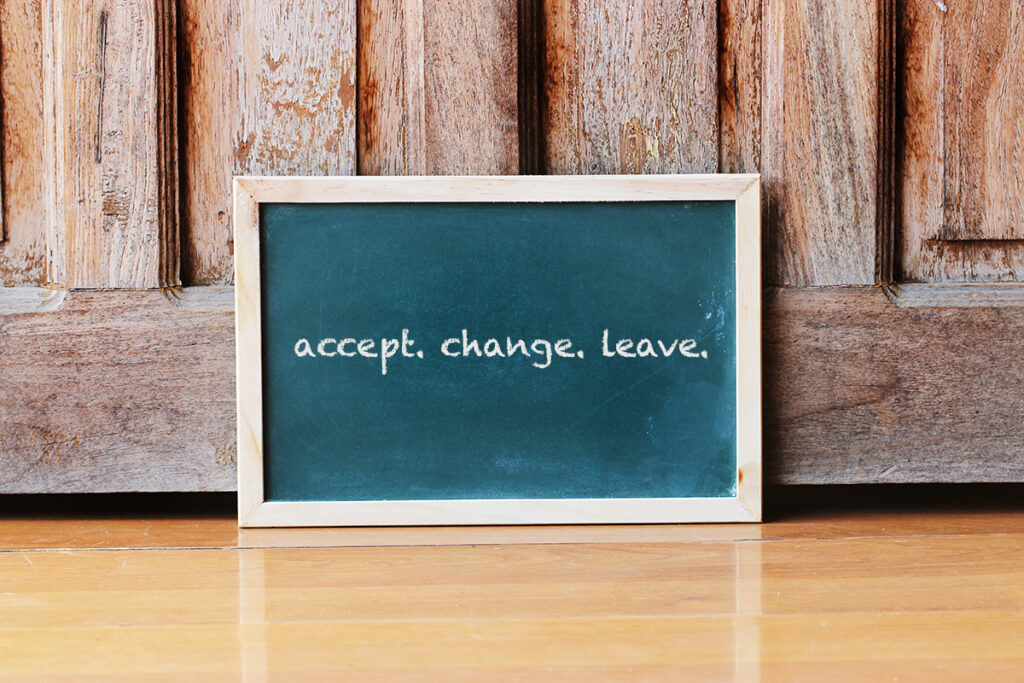Responding to student behavior is one of the biggest challenges educators face today. While classroom and behavior management are critical skills for meeting student behavior needs, many teachers feel unequipped to provide meaningful behavioral interventions.
Additionally, students need meaningful behavioral interventions. As many as 1 in 5 students experience a mental health or behavioral challenge during their K-12 educational career when they would benefit from evidence-based interventions and supports.
To meet this need head-on, teachers must be equipped to respond to student behavior in meaningful ways. A key component of behavioral interventions is delivering effective, regular, and consistent positive feedback to students in the form of behavior-specific praise. But the adults in your building must feel confident in providing this type of praise.
Behavior-specific praise is a type of praise that helps students learn what positive behaviors look and feel like, and increases the likelihood students will engage in those behaviors in the future. Behavior-specific praise includes three key components:
• A description of a positive social or academic behavior
• Specific identification of the student/group engaging in the positive behavior
• Use of an authentic, positive, and warm tone of voice
When teachers provide in-the-moment praise to students, both the student receiving the praise and their peers learn to identify positive behaviors. And when students see examples of what those behaviors look like—and receive positive reinforcement— they are much more likely to engage in those positive behaviors again.
View the complete guide from Panorama here.




No comments:
Post a Comment